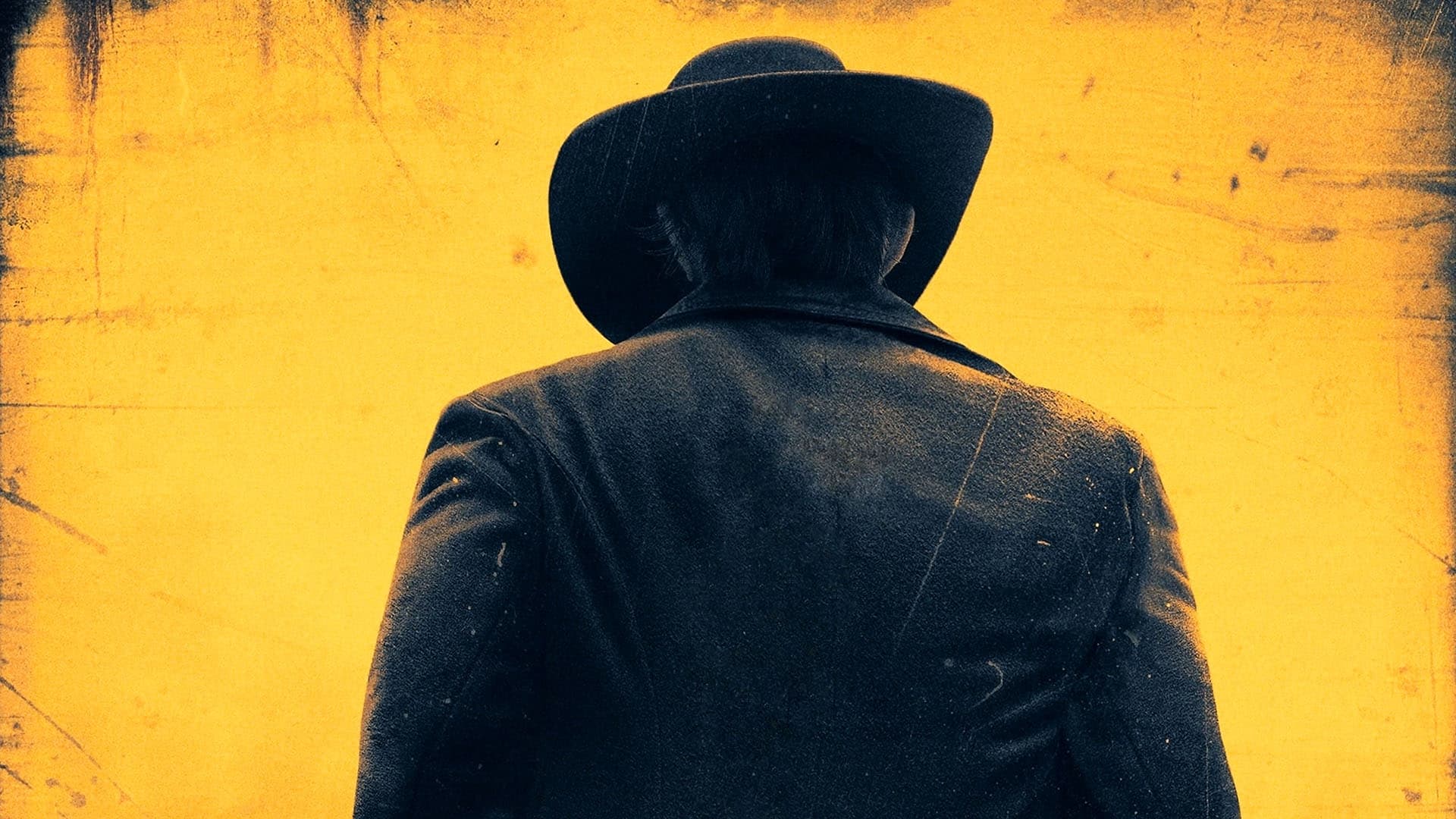Description
A former slave who arrives in Yellowstone City, Montana, a desolate former boomtown now on the decline, looking for a place to call home. On that same day, a local prospector discovers gold - and is murdered.

In a town of suspects, one man stands accused.
2022-06-24
N/A
126 min
A former slave who arrives in Yellowstone City, Montana, a desolate former boomtown now on the decline, looking for a place to call home. On that same day, a local prospector discovers gold - and is murdered.
If you’d told me yesterday about a 2022 Western starring Gabriel Byrne, Thomas Jane, and Richard Dreyfuss, my first reaction would have been, "not a bad idea on paper, but they missed that boat by about a few hundred years." But that would have been yesterday.
Today, I can attest that Murder at Yellowstone City is about as good a tale as its stars might have told during their heyday — no mean feat, considering that it’s a detective story with shakespearean tragedy undertones in addition to a Western. The result isn’t quite beyond reproach, but still a hell of a lot better than Jane’s immediately preceding couple of forays into the genre.
"Preaching is one thing, but ministering, that's something else,» Alice Murphy (Anna Camp) tells her husband Thaddeus Murphy (Thomas Jane). Murphy appears to be some sort of reverend or pastor or whatever, and everyone refers to him as «Preacher," but he does very little preaching — or ministering, for that matter.
Murphy spends more time performing that duties of an undertaker, which comes in mighty handy when he decides to do some amateur sleuthing/forensics (we also see him teaching precocious little girl Josephine to shoot, which is actually a nice bit of foreshadowing for both characters).
Elsewhere, we have the Javert-like Sheriff Jim Ambrose (Byrne), the Django-like Cicero (Isaiah Mustafa), and barkeep Edgar Blake. All signs point to Edgar being gay, though I haven’t the slightest idea to what end.
I can’t very well call him a closeted homosexual because 1) weren’t they all in 1881?, and more importantly 2) Edgar’s (presumably) lover Mickey (John Ales) casually lets on that everybody in town knows about them but is apparently to polite to even bring it up (including the resident boors).
This is problematic because when Edgar and Mickey conceal a vital piece of information, they don’t do so because the villains are threatening to expose their homosexuality which would turn them into pariahs but, quite the contrary, because the city of Yellowstone has been so accepting of their alternative lifestyle — the same city, mind you, that automatically asumes the only black man in town is guilty of the titular murder.
Is this some kind of allegory regarding the current state of minority affairs? Something along the lines of Dave Chapelle saying "we blacks, we look at the gay community and we go 'Damn it! Look how well that movement is going.'" in The Closer? I’m probably reading too much into it, but otherwise I’m at a loss to explain these plot points.
And it doesn’t really matter, either; the film is perfectly enjoyable (even more so, indeed) if taken at face value, except for a (not-so-small) detail — and again, this is a pet peeve of mine, so your mileage may vary. Allow me to explain.
This is for all intents and purposes an old-school Western with old-school stars, complete with an old-school frontier town with a wide Main Street, a saloon, and a room over the saloon occupied by sexy little hooker Isabel (Aimee García), and shot on location in Paradise Valley, Montana.
There is no place in a movie like this (or any other movie regardless of genre, if you want to be pedantic about it, and I do) for CGI, and yet whenever a gun is fired, computer-generated imagery takes over — from the muzzle flash to the very bullet wound.
Seriously, could you really not spare a little real fake blood? This would look phony under any circumstances, but here is downright anachronistic (and there are subtle ways to slip in an anachronism or two and get away with it, like the scene where Isabel softly sings "La Llorona" — which I’m not sure would have been a plausible choice of song given the time and place — in the background while main characters are having a plot-relevant conversation in the foreground).
All things considered, Murder at Yellowstone City strives for, and largely achieves, the look and feel of an authentic Western, even as it cautiously ventures outside the boundaries of its chosen genre, but not so much when it’s trying to be counterintuitively gay-friendly or resorting to technological shortcuts that the likes of Sergio Leone or John Ford would have never stooped to using, had they been available to them.